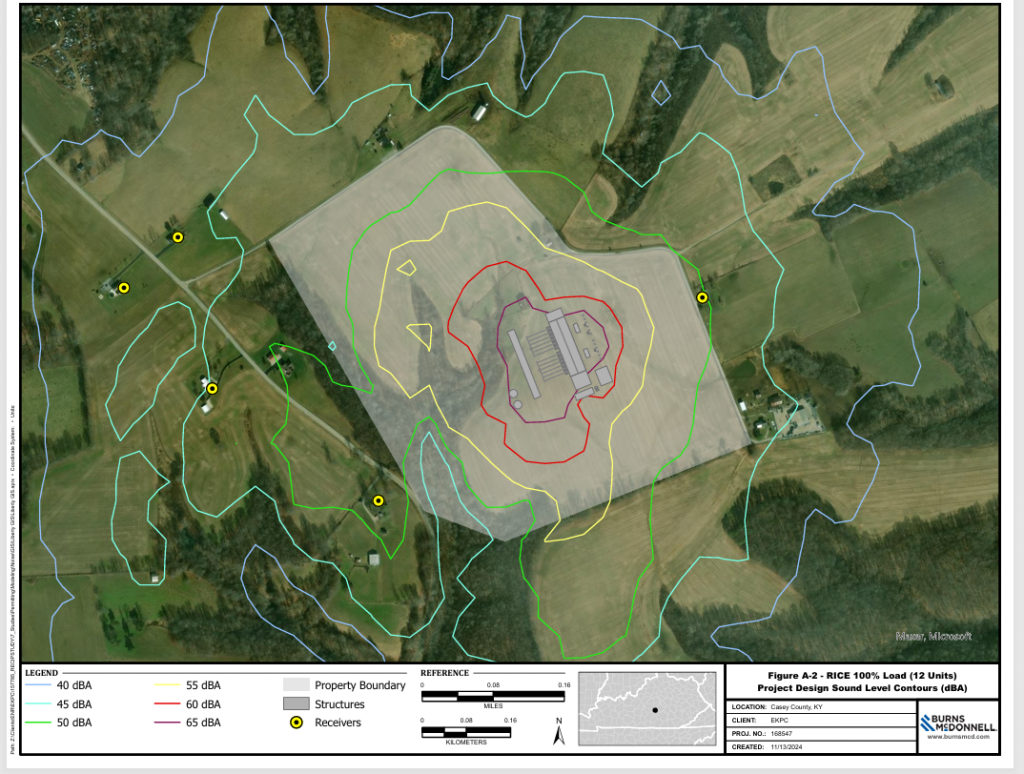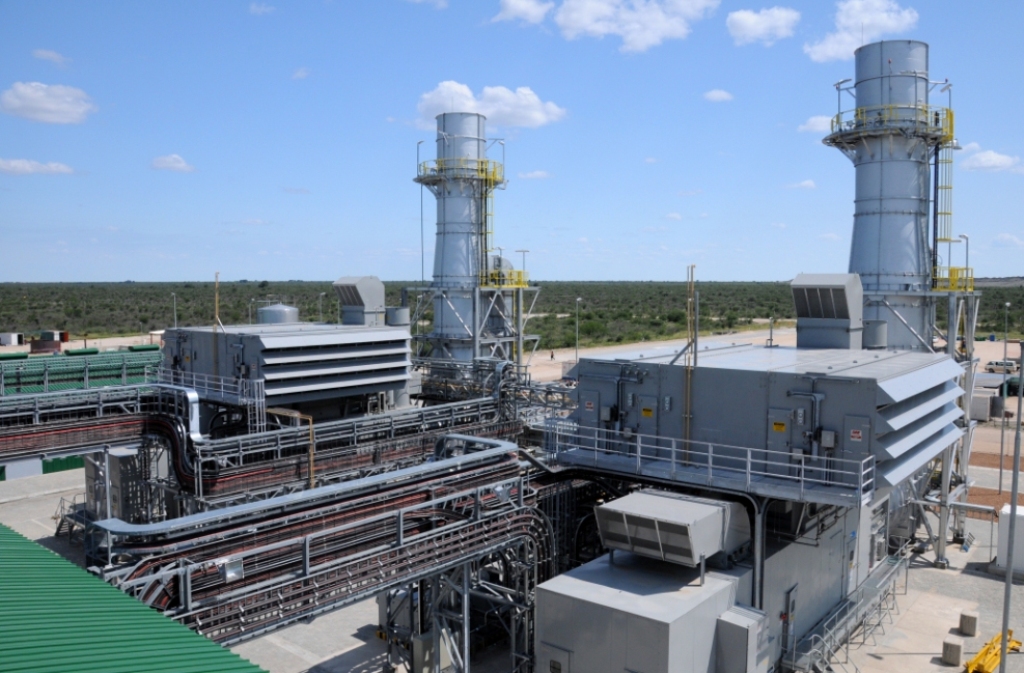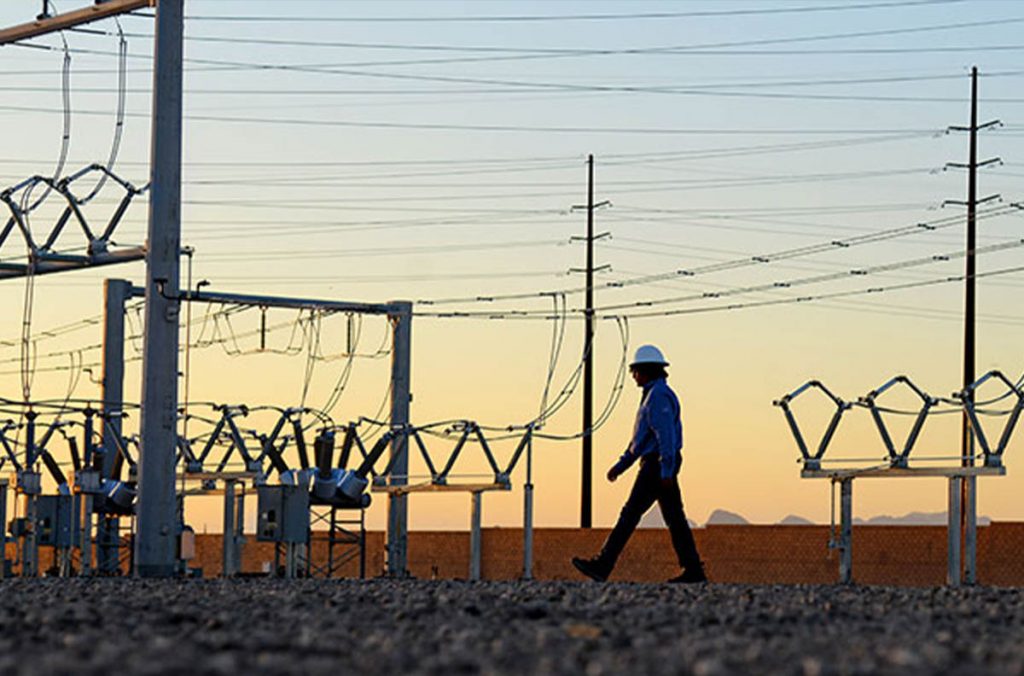As communities look for reliable, flexible sources of power, concerns about noise from new energy projects often come first. Today, we are proud to share how modern reciprocating internal combustion engine (RICE) power plants are specifically engineered to provide significant electricity output while maintaining peace and quiet in surrounding neighborhoods.
A Case Study: 214 MW Liberty Station Project, Casey County, Kentucky
East Kentucky Power Cooperative (EKPC) has designed a 214 MW RICE facility on a 100 acre site in Casey County, KY. Though construction has not yet begun, detailed design and modeling work show how such a plant can fit within a modest footprint while keeping sound levels extremely low at the property line.
Noise Impact: How Quiet is Quiet?
Independent acoustic studies modeled the plant operating at 100% load:
- At the facility center: Noise levels reach 60-65 dBA (similar to a dishwasher in the next room).
- At the property boundary: Levels drop to about 55 dBA, just above the quiet hum of an office environment.
- Beyond the boundary: Noise diminishes to 40-45 dBA, comparable to a quiet residential neighborhood or a farm field with birdcalls.

For context, a passing diesel truck at 50 feet measures 80 dBA, while a jet flyover can exceed 100 dBA. The RICE facility operates far below these thresholds.
Proven Design for Noise Reduction
The Liberty Station project highlights standard industry measures used to reduce sound:
- Engine Hall Enclosure: All 12 Wärtsilä W18V50DF engines are fully enclosed in an acoustically treated building.
- Exhaust Silencers: Advanced silencers on each stack minimize high frequency sound.
- Quiet Cooling Systems: Radiators equipped with low noise, variable speed fans further reduce operating noise.
- Site Layout: The 100 acre site provides natural buffering and distance between the plant and neighboring homes.

A Win for Communities
This design shows that communities can benefit from a state of the art 214 MW power plant, enough capacity to support hundreds of thousands of homes without intrusive sound. With sound levels comparable to everyday environments like offices and quiet neighborhoods, these plants are well suited for development near existing communities.
Moving Forward
While the Casey County project is still proposed, its engineering illustrates the potential for RICE facilities nationwide: reliable, flexible, and quiet power generation designed with communities in mind.


